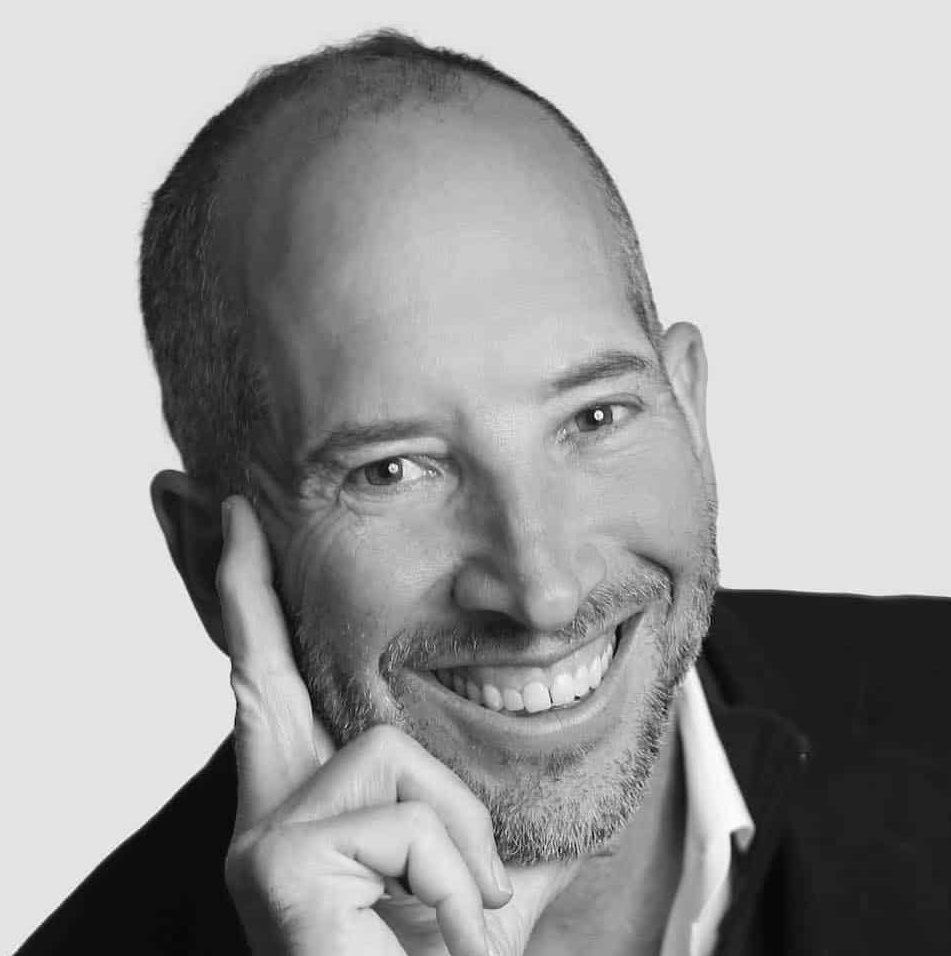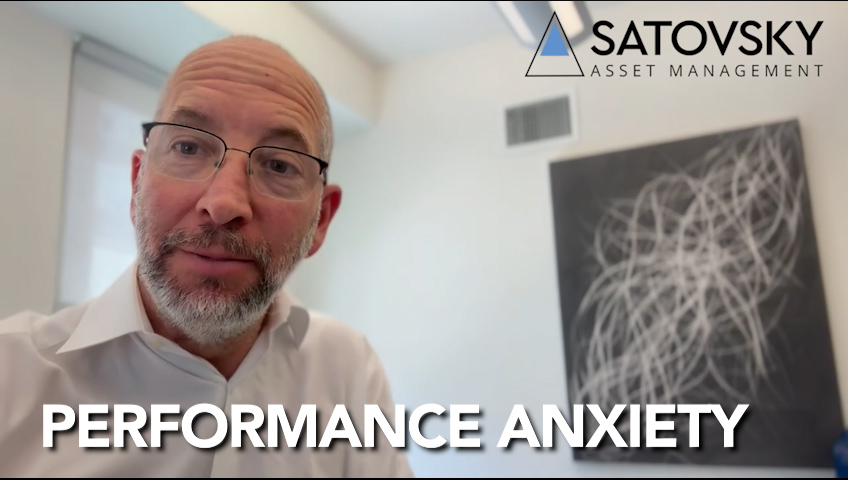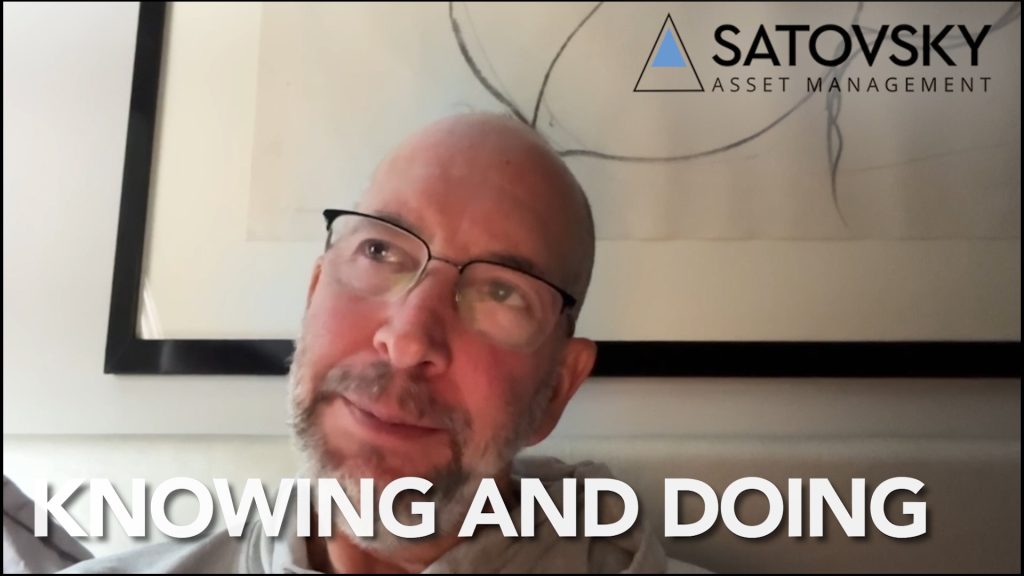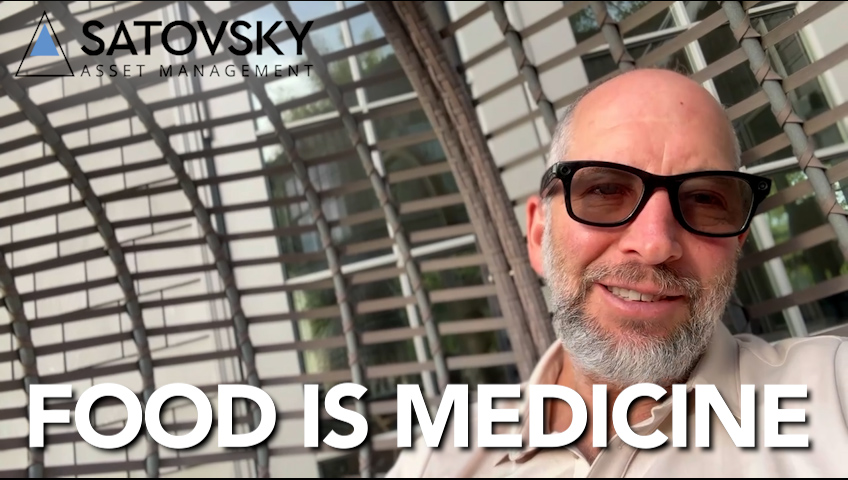Jonathan discusses building loving habits and mindset for investing in profitable businesses for a lifetime. Concentration to get rich and diversify to stay rich, the simple concept that many business owners and executives anchor the control of ownership stake in their own business and how to transfer the mindset to passive ownership in markets beyond a month, year, thinking 10 years with an ownership mentality for a lifetime. Instead of a life of stress, you can get to a sustainable financial life of healthy, wealthy and chilling on a hammock!
Good afternoon. This is Jonathan Satovsky of Satovsky Asset Management. Valentine’s Day 2019 with a video blog update.
And today I wanted to talk about loving habits.
So I had some observations – as I commute into New York City each day, I ride a train and I noticed that everyone’s staring at their cell phones with a claw like grip, looking at their cell phones with a glow shining off their faces. Not looking out, not looking around, not being present to people around them but really locked in.
And of course I am sure I’m guilty of the same habit. I turn on my phone and I look and I see, wow, there’s 64,000 emails that I haven’t responded to or I haven’t reviewed.
Now many of them could be spam, but it’s fascinating to think that a lot of the technological advances has led to, ahhh, a lot of chaotic behavior.
So, in my own desire to try to build better habits, to try to build habits to be able to be on a hammock and live a chill, impactful life for others I’ve been thinking about this quite a bit, and yesterday I was at a meeting with 18 CEOs and business owners and who have likely 90% of their net worths tied up in their business where they’re spending their energy, time and resources to be able to build a profitable business.
We were talking about the idea of how to resource people and technology to make sure that they continue to have sustainable profitable businesses over a long period of time.
And it makes actually a lot of sense, it makes a lot of sense because the simple idea of investing in cheap small profitable businesses have actually worked very well in the U.S., outside of the U.S. and in emerging markets.
But what was interesting in my conversation is one of the CEOs said, ‘well I just want to make the most money.’
And, you know I was like thinking about this. What is the most? What is the best?
And it really comes back to thinking, what is the best? Is the best monthly, annual, 5 years, 10 years?
You know, when people retire from their business they may need the money to last over the next 30-40 years of their life.
So what is the best? You know it’s all a matter of perspective of timing.
And to highlight this I was trying to help people with restricted stock options and bonus awards that work at companies to try to reduce their exposure to their company stock and they get anchored saying, ‘well I don’t want to reduce my exposures cause my business is really profitable.’
But it’s not the same when you’re passively investing in businesses that you don’t control to be able to sit on it for longer.
So when reviewing in a short period of time, a month for example, or 3 months, the money flows in the United States in the last several months of the year from September to the first week of January, close to reportedly $365 billion had left long-term investments, long-term equity holdings.
Now, this is part of the mindset; Instead of thinking on investing in the stock market, the stock markets going up or down as the brilliant Carl Richards the behavioral sketch artist had alluded to, people buy when prices are going up and sell when prices are going down, then repeat until broke.
So we need a change in mindset. Why would people sell $365 billion of long-term investments?
Some of it was tax-loss harvesting and some other reasons, getting people to the right temperament. But temperament is a difficult thing to gauge because this is about mindset of the investing process over a lifetime.
And if you think about it, investing in profitable businesses in a year, it’s not going to work all the time. It’s going to have periods where it works very poorly, for example 1999 investing in unprofitable businesses was amazing. But that’s like buying lottery tickets and thinking because you hit the lottery you can keep doing it repetitively.
If you’re investing for a lifetime and you persistently are investing in profitable businesses, you’ll be fine.
And to prove that out if you look at the probability of that success, over a 5 year period of time, the blue being out-performance and the red being under-performance, you’ve done fantastic over 5 year period of time and your probability of success has been absolutely tremendous over a 10 year period of time and longer.
So, this is how we get from, ahhh, what’s the best a month, annual, 5 years, 10 years to getting back to the hammock of a mindset of investing in profitable businesses over a lifetime.
With that, have a wonderful Valentine’s Day and may you get into better habits for a better future for all.




